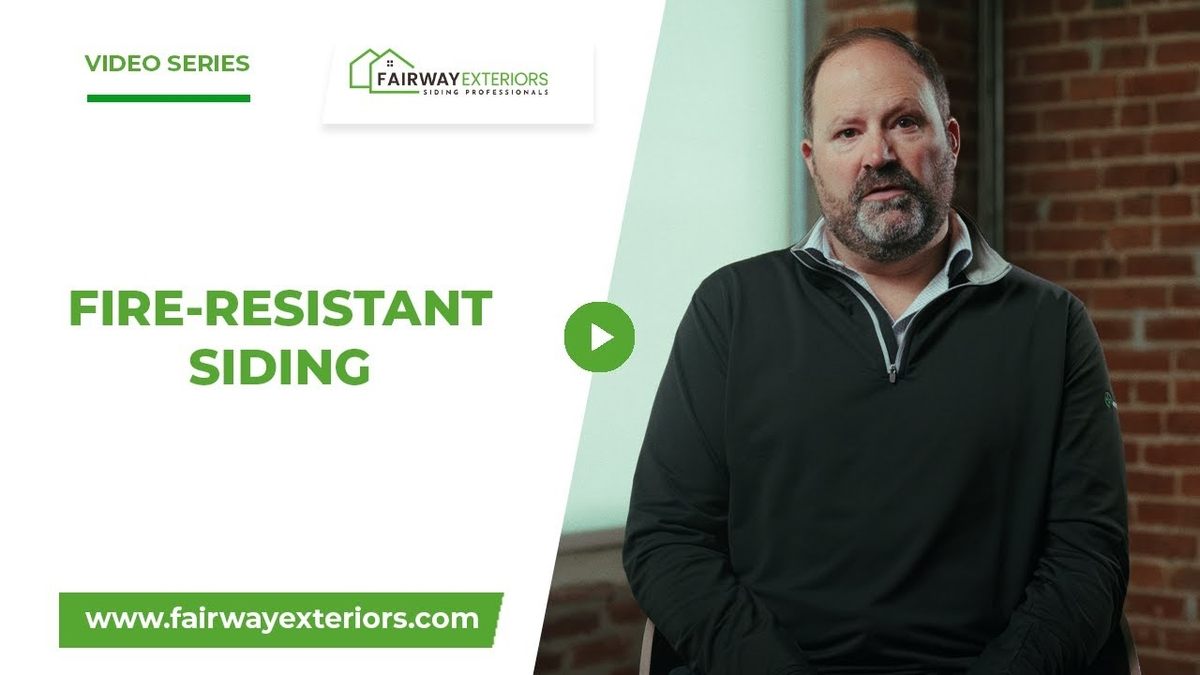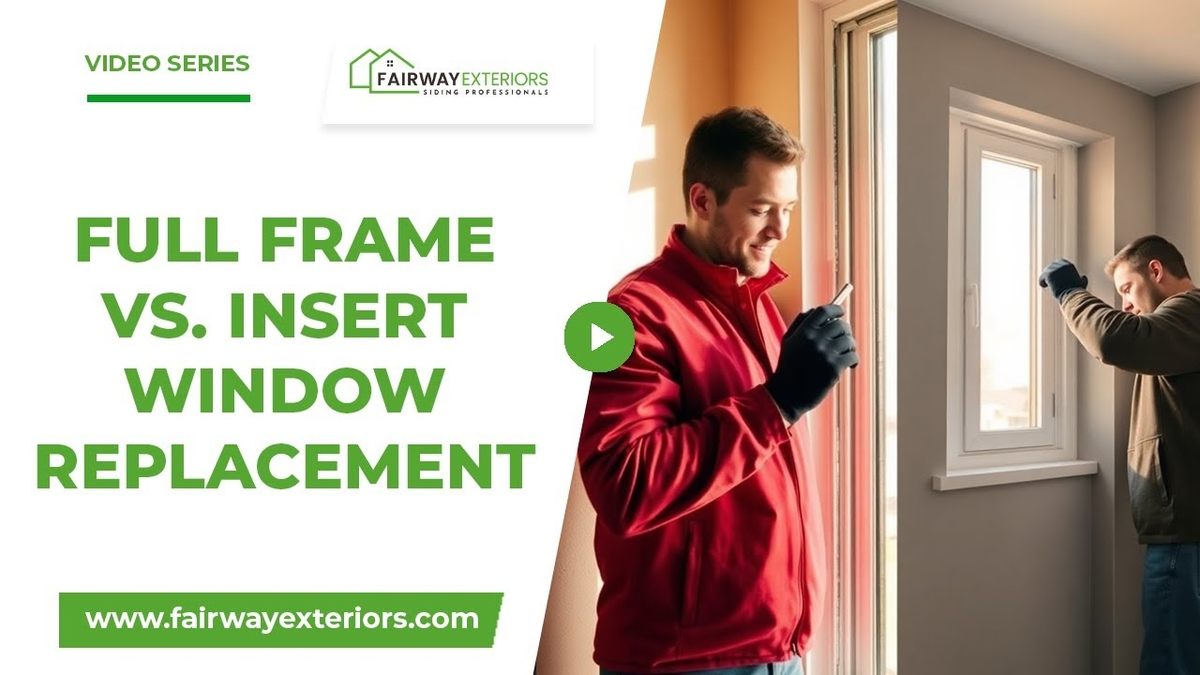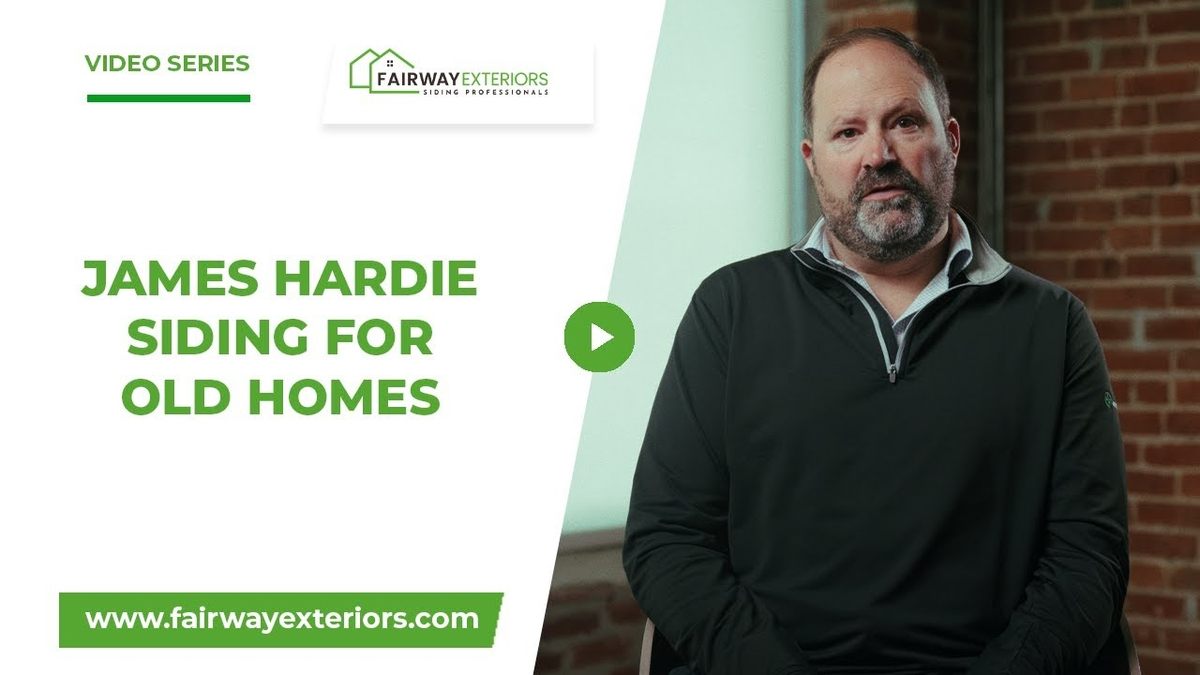One of the most appealing and functional upgrades that a homeowner can often do to the exterior of their home is to get new siding, and one of the first materials that people often think about is vinyl siding. It’s incredibly popular, not just in the Kansas City area, but nationwide. But does that popularity equal a solid siding option for your home?
The Pros & Cons Of Vinyl Siding
While this list won’t be exhaustive, it should give you a fair idea of what the benefits and challenges are of working with vinyl siding. There is a definite upside of the initial value, but is that enough? Take a look.
Pros
It’s The Cheapest Option
This is the biggest, and arguably the only, upside to vinyl siding. It’s also one of the first things that homeowners think of when they think of vinyl siding. No matter how you look at it, it is true that vinyl siding is one of, if not the cheapest options available today. It will cost less initially, than any other material, including wood, steel, and composites.
Cons
It Looks Cheap
One of the first things you notice about a house with this siding is that the house has vinyl siding. Since vinyl is an extruded material, it’s difficult to put any really good-looking textures on it. No matter what you do to this siding, even when it’s brand new and looks great, it’s still going to be a very obvious-looking material, and there really isn’t anything you can do to change that.
It’s Not Very Durable
Of all the materials available for siding your home, vinyl is probably one of the least durable options. It is highly susceptible to heat and UV damage, and it is a relatively thin material, so it punctures and cracks easily as well. Additionally, vinyl siding is not Class A fire-rated, and hail damage can create irreparable dents and cracks in the siding.
You’re Stuck With The Color
While many people get siding for their home in a color they think they’ll want forever, research shows that the average household changes its exterior color about every ten years. Since vinyl can’t be painted, once you choose a color you’re stuck with it for 20 years or so, or until you decide to change the siding again.
It Fades
Even though vinyl is a colored material, meaning the color can’t be scraped or scratched off, eventually it will begin to deteriorate. The main cause of this siding color fade is UV exposure and heat. No matter how well you care for the siding, after several years the coloring will begin to fade and look washed out. You can’t paint it, so if it’s still functional, you’re stuck with it until you upgrade.
Limited Colors & Styles
One of the biggest downsides to vinyl is that despite the fact that vinyl can’t be painted or recolored, there is a staggering lack of color and style options from manufacturers. Each manufacturer will have its list of colors that vary from one maker to another, but overall, the colors are incredibly limited.
For Information On Your Vinyl Siding Options For Your Home
If you have been considering new siding, and want to explore your options, Fairway Exteriors is ready to be your trusted, local siding partner. Whether you’re thinking about vinyl siding or a more robust and durable option, reach out today and speak with a member of our expert siding team about your project needs.









